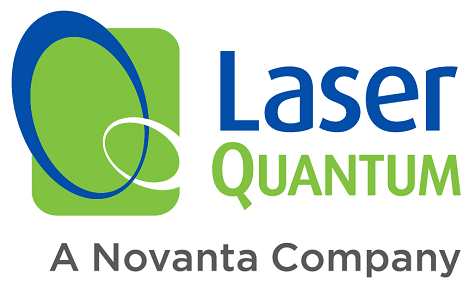Oct 14 2013
Ultrafast time-domain spectroscopy is a method to monitor the activity of a sample on picosecond to nanosecond timescales. A pulse of light is used to excite the sample. The subsequent photo-excited dynamics of the sample are monitored by means of a second pulse, which has been delayed by changing the length of its journey to the sample.
It is possible to scan the delay with femtosecond precision and the sample dynamics pertaining to time after the onset of the excitation pulse can be monitored utilizing multiple pulses and several time delays. The sample response is often studied in terms of electro-optic phenomena such as transmission and reflectivity.
Applications of Ultrafast Time-Domain Spectroscopy
Ultrafast time-domain spectroscopy is employed for the evaluation of lattice vibrations carrier relaxation, and other collective dynamic phenomena such as phase transitions, superconductivity, plasmons, polaritons, and much more, in gases, semiconductors, and solids. The following are the typical experimental realizations:
- wafer inspection
- Terahertz (THz) time-domain spectroscopy
- Ultrafast pump-probe spectroscopy
- Semiconductor and wafer inspection based on picosecond ultrasound
- Time-resolved photoelectron spectroscopy
- Rapid scanning optical coherence tomography
Products from Laser Quantum
Laser Quantum offers the following products for this application:
- taccor
- taccor c
- taccor s
- gigajet 20
- gigajet 20c
- gigajet 30s
- gigajet TWIN 20/20
- gigajet TWIN 20c/20c
- gigajet TWIN 30s/30s
Asynchronous optical sampling is a specially designed technique pioneered by Laser Quantum for ultrafast time-domain spectroscopy. Instead of the traditional method of utilizing a mechanical delay stage, the asynchronous optical sampling involves the use of two offset-locked femtosecond lasers for rapid scanning of the delay between pump and probe pulses. The high-speed ASOPS approach outclasses conventional methods by orders of magnitude in noise performance and measurement speed.

This information has been sourced, reviewed and adapted from materials provided by Laser Quantum.
For more information on this source, please visit Laser Quantum.